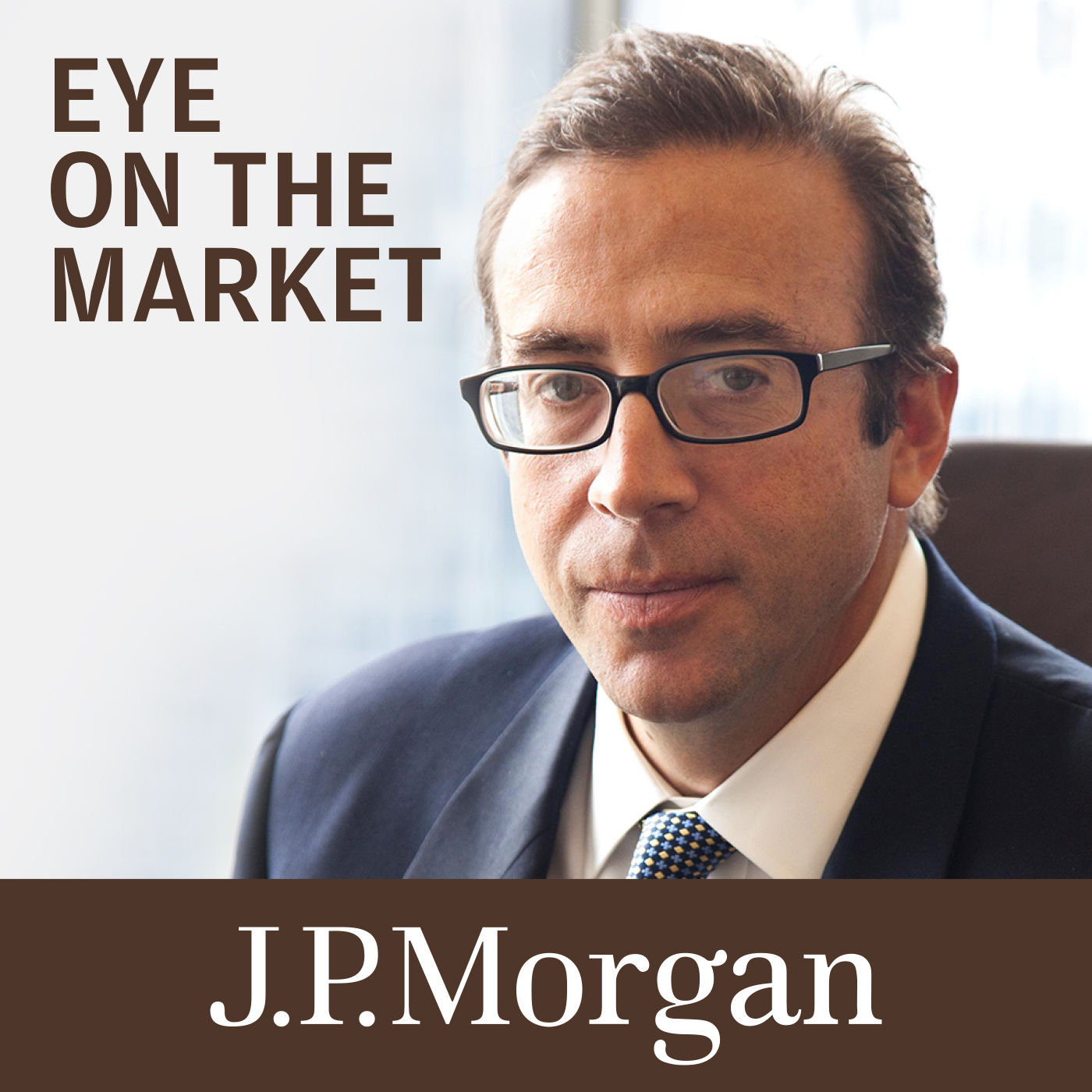
Mind the Gap: a historically polarized US election

Eye On The Market
Deep Dive
Why is the 2024 US Presidential election considered the most polarized in 100 years?
The 2024 election is considered the most polarized in 100 years due to the extreme ideological positions of the candidates. Kamala Harris is the sixth most liberal/progressive candidate since World War II, while Donald Trump’s primary supporters, like Senator Vance, represent the sixth most conservative positions. This polarization is reflected in their policy proposals and the unprecedented ideological swing expected regardless of the election outcome.
What are the key fiscal policy differences between Kamala Harris and Donald Trump?
Kamala Harris proposes a redistributionist fiscal policy, including $1.3 trillion in taxes on the wealthy and $2.8 trillion on corporations over 10 years, with a net negative impact of $1 trillion on the deficit. Trump’s fiscal plan, which includes extending individual and business tax cuts, eliminating Social Security taxation, and repealing the SALT cap, is estimated to have a deficit impact three to four times worse than Harris’s plan.
How does the China stimulus package differ from previous efforts?
The China stimulus package is seen as a potential turning point because it includes measures like a loan guarantee program for state-owned enterprises to buy vacant homes for social housing. This approach is more receptive to domestic and foreign investor concerns, unlike previous stimulus efforts that often led to anti-market policies and capital destruction. The market reaction has been positive, with significant increases in Chinese equities.
What are the implications of Trump’s proposed 10% universal tariff?
Trump’s proposed 10% universal tariff is estimated to raise around $2 trillion in revenue, but this figure is highly uncertain due to assumptions about import elasticity, tariff burden sharing, and potential retaliation. The tariff could also harm US firms, as seen in previous tariff implementations where subsidies were required to offset losses. The proposal reflects a broader consensus in Washington to roll back globalization, particularly against China.
How does immigration impact the US economy and investors?
Immigration increases the labor supply, reducing pressure on the Federal Reserve to tighten policy rates and supporting workforce growth amid low US birth rates. However, unmanaged immigration, such as the surge in undocumented border crossings to over 3 million in 2023, creates budgetary pressures on cities like Denver, Chicago, and New York, leading to offsetting budget cuts. Well-managed immigration is beneficial, but poorly managed immigration has negative economic impacts.
What are the key regulatory changes expected from the Supreme Court?
The Supreme Court is expected to make four major decisions that could significantly roll back the regulatory state. These include ending Chevron deference, expanding the major questions doctrine, and changing the statute of limitations for challenging federal regulations. These changes would reduce automatic deference to government agencies and require clearer congressional authorization for significant agency actions, impacting the regulatory landscape regardless of the election outcome.
Why is China’s economic situation prompting a stimulus package?
China’s economic situation is dire, with money supply growth cratering, foreign direct investment fleeing, PMIs slowing, and residential floor space starts dropping to 2008 levels. Consumer confidence is low, and commercial property prices are falling. These factors, combined with poor equity performance, have pressured China to act, leading to the stimulus package aimed at stabilizing the economy and markets.
What are the potential outcomes of the 2024 US election for investors?
The most likely outcome of the 2024 election is a split government, which tends to have the least negative implications for investors. However, a GOP or Democratic sweep could lead to market caution and profit-taking as investors wait to see the policy outcomes. Harris’s mention of eliminating the filibuster for Roe v. Wade raises concerns about broader legislative changes, adding uncertainty to the market.
- 2024 election is the most polarized in at least 100 years.
- Harris is the sixth most liberal candidate since WWII.
- Trump 2024's supporters are among the most conservative.
- Many of Trump's former cabinet members have repudiated his candidacy.
Shownotes Transcript
Candidate policy comparisons in a historically polarized US Election; China stimulus package
The US is about to conduct its most polarized Presidential election in 100 years. Today’s note looks at candidate policy differences and implications for investors: government spending, taxation, tariffs, trade, immigration, regulation, NATO, energy, price controls and the Electoral College. We conclude with analysis of the China stimulus package, which might have a better chance of succeeding than recent failed efforts.